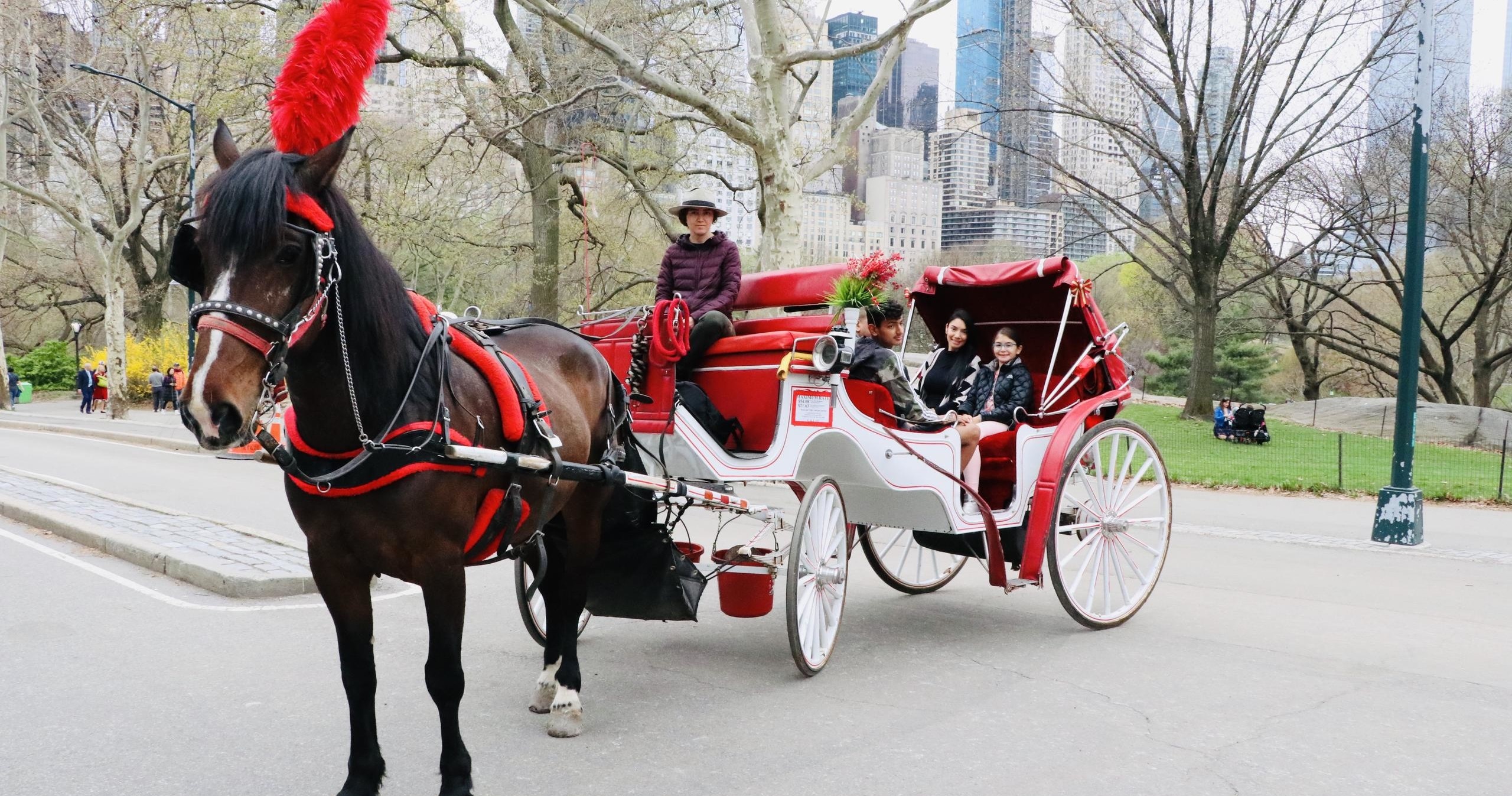Capturing Central Park’s Night Magic: Preparing Your Camera for Stunning After-Dark Shots
Central Park transforms after sunset, offering a unique blend of natural shadows and urban light perfect for night photography. Learn how to prepare your camera and gear to capture these fleeting moments confidently and clearly.
Pack a Lightweight Tripod
Essential for steady shots during long exposures in low light. Central Park's surfaces vary, so a tripod with adjustable legs will help stabilize your camera even on uneven ground.
Use a Remote Shutter Release or Timer
Minimize camera shake during night shots by triggering the shutter remotely or using your camera’s self-timer to ensure crisp images.
Wear Waterproof, Comfortable Footwear
The park’s terrain includes paved paths and rugged trails; waterproof shoes prevent discomfort from nighttime moisture and cool temperatures.
Bring Extra Batteries
Cold nights and long shooting sessions drain batteries quickly; keep extras close to maintain power throughout your session.
Capturing Central Park’s Night Magic: Preparing Your Camera for Stunning After-Dark Shots

Short Central Park Horse Carriage Ride
30 Minutes • All Ages! • Romantic Paths
Discover Central Park in style with a private horse carriage ride offered by NYC Adventures. Enjoy intimate views of iconic landmarks and the park's lush scenery on this relaxing experience perfect for any visitor. Keep reading to learn more about this unique adventure.
Central Park after sunset is a realm that flickers with unexpected charm. The trees don their darkest cloaks and the city lights dare to mingle with the moon’s glow. To capture this blend of natural mystery and urban pulse, your camera needs to be ready—not just to snap, but to listen to the park’s silent narrative.
Start by knowing the terrain where light is scarce and shadows grow bold. Central Park's pathways range from paved promenades around the reservoir to winding, uneven stone trails in the Ramble. This variety means a sturdy tripod is indispensable—it’ll steady your frame through long exposures and steady your focus amid low light. Choose spots like Bow Bridge or the Bethesda Terrace, where faint lamplight and reflections offer compelling contrasts.
Settings matter. Switch your camera to manual mode. Begin with a wide aperture (f/2.8 or lower) to catch what little light you have, and dial ISO between 800-1600, balancing grain with brightness. Shutter speed? It’ll vary—expect to lock your camera down for several seconds or longer. A remote shutter release or self-timer is your ally here to avoid any blur from pressing buttons.
Battery life often shrinks in cold or extended shoots, so pack extras. Keep your gear protected against the damp chill that slips in after dark. Wear comfortable, water-resistant shoes—Central Park’s terrain shifts from smooth paving to forest-like grit, boulders daring you along the less crowded paths.
Timing is key. Arrive 30 minutes before dusk for golden-hour shots fading into blue-hour magic. Watch as the light softens on the Jacqueline Kennedy Onassis Reservoir or the lush solitude of the Ramble’s hidden pockets before darkness thickens.
Safety remains practical. While the park is patrolled, stay aware of your surroundings. Bring a small flashlight with a red filter to maintain your night vision and avoid disrupting the wildlife tucked away nearby. Hydrate lightly and dress in layers—the park’s temperature can drop quickly once the sun dips.
Ultimately, your camera becomes an extension of your adventure, capturing Central Park’s nocturnal face with clarity and respect. It’s less about taming the darkness and more about reading its rhythm, pressing shutter as the park waits, fiercely itself, under the stars.
Nearby Trips
All Adventures
Boat Charters
Water Activities
Adventures near New York City
Discover the unique and memorable adventures that make New York City special.
Frequently Asked Questions
Which areas in Central Park offer the best night photography scenes?
Locations like Bow Bridge, Bethesda Terrace, and the Jacqueline Kennedy Onassis Reservoir provide atmospheric lighting and reflective surfaces ideal for night photos. The Ramble offers shadowy, natural scenes but requires careful footing.
Is it safe to photograph in Central Park after dark?
Central Park is patrolled by park police after dark, but it's recommended to stay on well-traveled paths and avoid isolated spots. Bringing a friend and using low-intensity red-light headlamps improves safety.
How do I prevent blurry photos in low light?
Use a tripod, remote shutter release, and manual shutter speeds of several seconds. Shield your lens from moisture and make use of the widest aperture your lens allows to maximize light entry.
Are there any restrictions for night photography in Central Park?
Photography is generally allowed, but commercial shoots require permits. Always respect park rules, avoid disrupting wildlife, and keep noise low, especially in the Ramble.
What camera settings work best for Central Park night shots?
Manual mode with a wide aperture (f/2.8 or lower), ISO 800-1600, and shutter speeds between 5-30 seconds depending on available light works well. Adjust settings based on ambient conditions.
Can I photograph wildlife at night in Central Park?
Yes, you might glimpse nocturnal residents like owls, raccoons, and bats in the Ramble area. Use caution to minimize disturbance by avoiding bright lights and excessive noise.
Recommended Gear
Compact Tripod
Stabilizes your camera for sharp night shots on uneven park terrain.
Remote Shutter Release
Reduces camera shake for longer exposure images.
Headlamp with Red Light Mode
Preserves night vision while navigating dark paths and adjusting camera settings.
Extra Camera Batteries
Combat battery drain from cold weather and extended shooting.
Local Insights
Hidden Gems
- "The Hallett Nature Sanctuary – a quiet refuge rare for its strict conservation status and peaceful night atmosphere"
- "The North Woods – less crowded with natural streams daring you to explore under the moonlight"
Wildlife
- "Eastern screech owls"
- "Raccoons navigating shadows"
- "Bats fluttering in the dim air"
History
"Central Park stands as an urban wilderness, a designed resistance to the city’s relentless grid. Its night allure is the meeting point for nature’s quiet persistence and Manhattan’s unyielding energy."